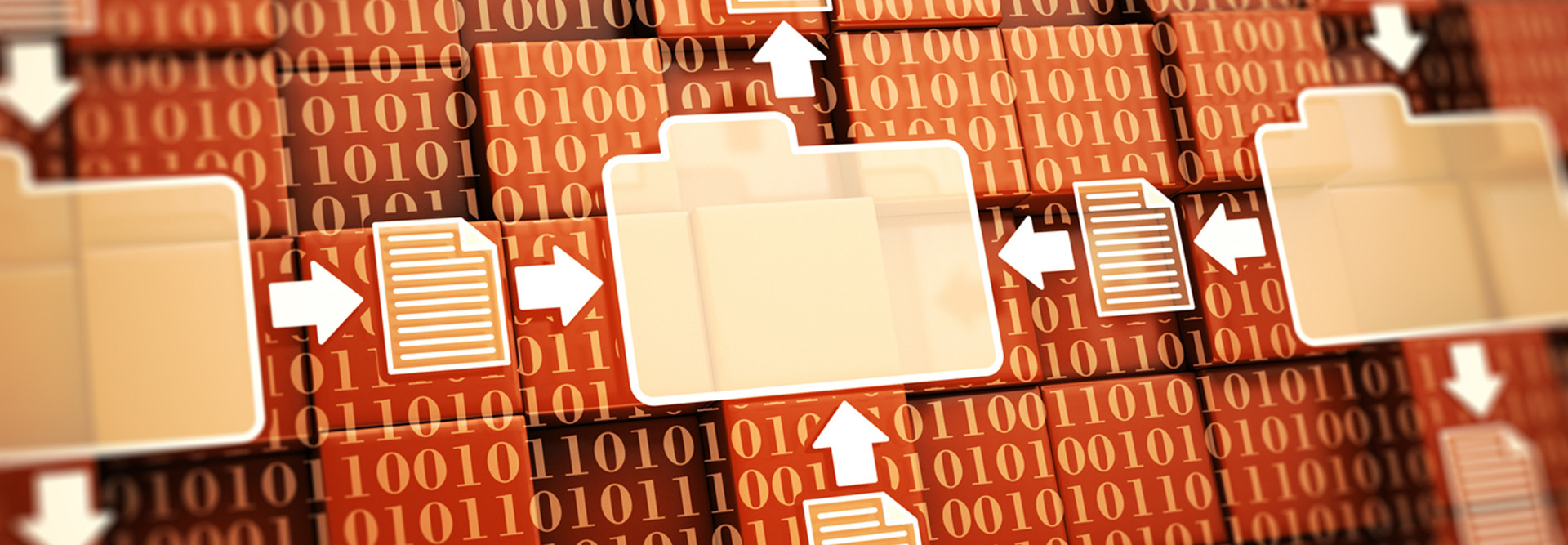Agencies Move Toward a Future of Digital Records
It has taken years to get federal agencies to shift to digital records, and though the government has certainly not completed that transition, it is making progress.
That is the conclusion of a report last month from the National Archives and Records Administration, which found that 97 percent of agencies reported this year that they have either met or will meet the target to manage all permanent electronic records in electronic format by Dec. 31, 2019. That goal was laid out in a 2012 memorandum from the Office of Management and Budget and NARA.
According to NARA’s “Federal Agency Records Management 2017 Annual Report,” overall, “the great majority” of agencies “reported they are working towards transitioning from maintaining the costly separate policies, practices, and physical infrastructures in traditional (analog) formats to managing records electronically.”
NARA Pushes for Digitization of Records
As Federal News Radio reports, NARA started its Federal Electronic Records Modernization Initiative in October 2015, which mandates several milestones that agencies must hit to transition to digital records. By 2022, NARA will not accept temporary or permanent records from agencies in a nonelectronic format.
NARA told agencies to manage all of their email records in an accessible, electronic format by 2016. “Up until that point, a lot of agencies were printing and filing their emails as the official record,” Courtney Anderson, an electronic records policy analyst at NARA, said last month in an ACT-IAC meeting at the General Services Administration’s headquarters, according to Federal News Radio.
According to NARA’s 2017 report, 30 percent of agencies are at a “Level 3” when it comes to their email systems, and 49 percent are at “Level 4.” The higher level means that, among other things, electronic retention is the main method for the preservation of email; email systems manage and preserve email in electronic format; that limited end user input is needed to apply proper retention, access and disposition policies; permanent email is identified and managed; email systems maintain the content, context and structure of the records; and email records are associated with their creator.
The Technologies That Enable the Shift to Digital Records
How are agencies making the transition to digital record keeping?
Most often, agencies say that records are already created and maintained electronically, that they are using cloud storage or services, and that they have enterprisewide approaches for managing electronic systems, focusing mainly on email first — particularly by cabinet-level departments and large agencies.
Agencies have also issued guidance and policies to staff on electronic records, and say they have made progress in identifying and inventorying permanent electronic records, as well as in digitizing and scanning paper or other nonelectronic records.
Notably, they also say they are implementing and exploring digital repositories and technology solutions.
“It’s interesting to think of records created 270 years ago, which were done with pen and parchment, and now they’re done with bits and bytes. They’re done electronically,” Lisa Haralampus, the director of records management and outreach at NARA, said late last month during a Government Executive webinar on records management, according to Federal News Radio.
“We’ve been struggling, and striving, and succeeding, and taking a step back and two steps forward for decades when it comes to electronic records management,” Haralampus added.
Agencies should expect to incur costs as they transition to digital records, Haralampus said, but noted that there are also significant benefits and efficiencies for agencies.
“We know that records management and digital government does not get cheaper. Technology is not cheaper — it’s usually just better,” she said. “It usually decreases the burden on agency personnel who create records, but it doesn’t mean that it can be done for free.”
The lower cost of digital storage technology has made the switch more affordable. “We’ve found that the cost of storage has gone down exponentially over time,” Haralampus said. “For a while, people used to say, ‘I can’t do electronic records management because it costs too much to store.’ You don’t hear that now.”










